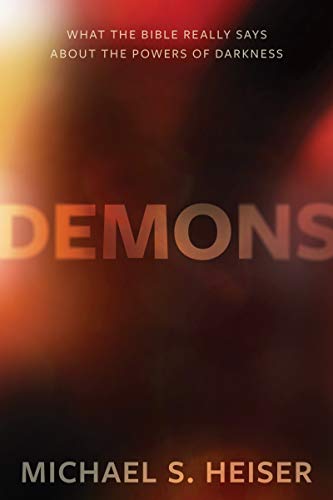BEN: Recently, I’ve spent many weeks working through the long history of exegesis of the Lord’s Supper with my Sunday school class, and explaining where the notion of transubstantiation came from. The underlying message was that later Christian traditions, like kudzu in the South overrun and cover up the actual meaning of Biblical texts like ‘this is my body, broken for you’. It seems to me that your M.O. is much the same in these books. Misunderstanding comes from later Christian traditions read back into the text—the old problem of anachronism. What in your view is the best hedge against anachronistic readings of the Bible?
MICHAEL: Interpretive anachronisms can only be avoided when Bible students, pastors, and even scholars, intentionally commit themselves to immersion in the worldview of the biblical writers—their thought patterns, beliefs, cultural and historical circumstances. Maybe a way of summarizing that is to be committed to reading the text the way the original readers would have read it and understood it. That only happens with intention and practice and repetition. You have to train yourself to approach each and every passage that way – setting aside “what it means to you” and asking what it meant to someone who isn’t you and who lived a long time ago and thought quite differently. If we reflexively did that, if that became a true habit, it would impede anachronistic readings. I know that sounds like hard work. It is. But we fortunately live at a time where he have an abundance of tools and resources produced by scholars who do “live there”—who have committed themselves to being immersed in the ancient modes of thought and who are honest about the need to do that. The difficulty isn’t whether we can do that; we can. The difficulty is finding those resources and then committing ourselves to approaching the text that way.













